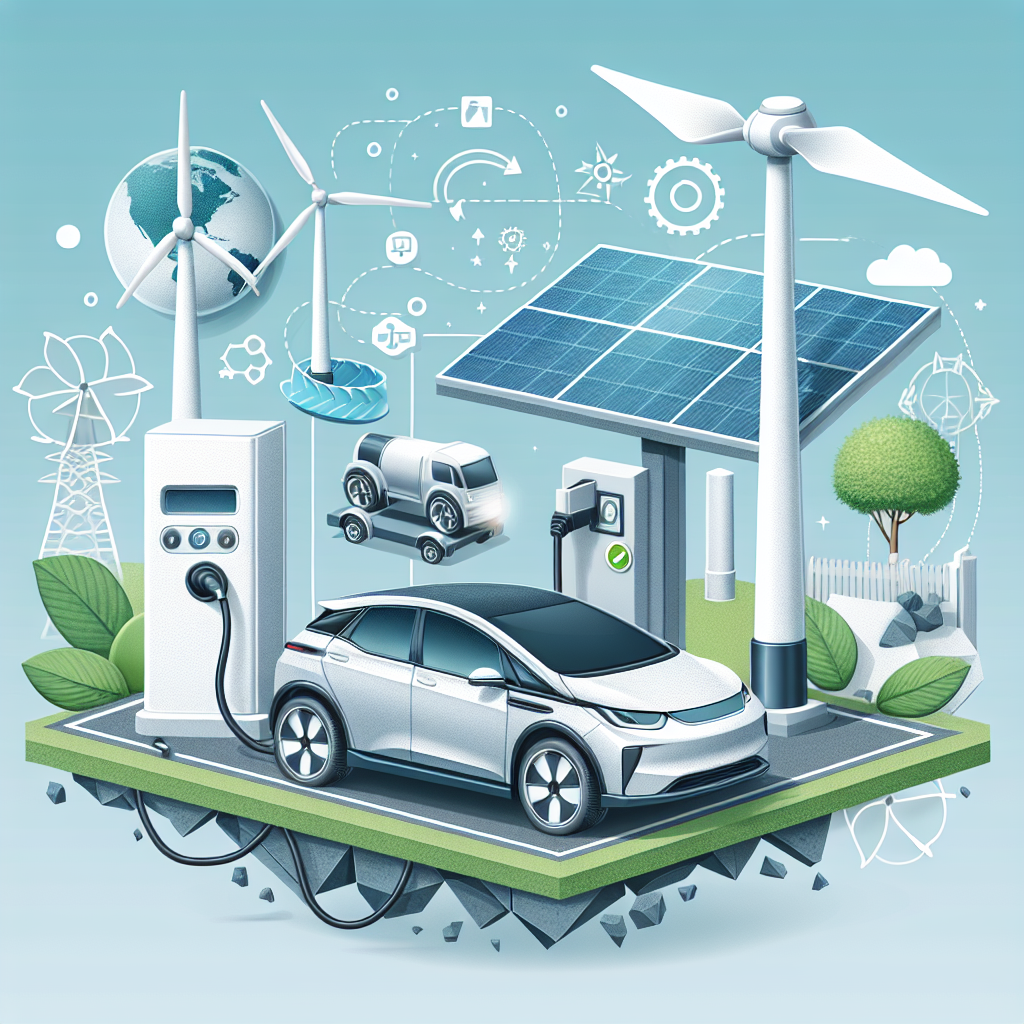Zero-Emission Vehicles: The Technology, Benefits, and Limitations
As the world grapples with escalating environmental concerns, the urgency to adopt sustainable alternatives in every domain of life has become imperative. A significant contributor to global pollution is the transportation sector, notorious for its greenhouse gas emissions. Enter Zero-Emission Vehicles (ZEVs), a beacon of hope in the quest for a cleaner, greener planet. These vehicles, as their name suggests, emit no exhaust gas from the onboard source of power, a stark contrast to their internal combustion engine counterparts. Let’s delve into the technology behind ZEVs, explore their benefits, and address their limitations.
The Technology Powering Zero-Emission Vehicles
ZEV technology is diverse, encompassing fully electric vehicles (EVs), hydrogen fuel cell vehicles (FCVs), and, to some extent, solar-powered cars. The most common ZEVs are powered by electric batteries. These vehicles use electricity stored in batteries to power an electric motor, which propels the vehicle. The technology behind battery electric vehicles (BEVs) has seen tremendous advancements, with lithium-ion batteries leading the charge due to their high energy density and longer lifespan.
Hydrogen fuel cell vehicles represent another innovative approach. These vehicles convert hydrogen gas into electricity, which then powers the electric motor. The only byproduct of this process is water, making FCVs incredibly environmentally friendly. However, the infrastructure for producing, storing, and distributing hydrogen fuel is still in its infancy.
Solar-powered vehicles, though not as prevalent, harness energy directly from the sun using photovoltaic cells. These vehicles are primarily experimental but represent a fascinating aspect of the ZEV spectrum, demonstrating the potential of direct solar power utilization in transportation.
The Benefits of Zero-Emission Vehicles
Environmental Impact: The most obvious benefit of ZEVs is their minimal environmental footprint. By not emitting harmful gases such as carbon dioxide, nitrogen oxides, and particulate matter, ZEVs contribute significantly to reducing air pollution and combating climate change.
Renewable Energy Utilization: ZEVs complement the shift towards renewable energy sources. Electric vehicles, for example, can be powered by electricity generated from renewable sources such as wind, solar, or hydro, further minimizing the carbon footprint of transportation.
Health Benefits: Cleaner air leads to better health outcomes. Cities that adopt ZEVs can expect reductions in smog and air pollution-related health issues, potentially saving lives and reducing healthcare costs.
Economic Advantages: While the initial purchase price of ZEVs can be higher, they are cheaper to operate and maintain. Electric motors have fewer moving parts than internal combustion engines, leading to lower maintenance costs. Additionally, electricity and hydrogen can be cheaper than gasoline or diesel, depending on local energy prices.
The Limitations of Zero-Emission Vehicles
Range Anxiety: One of the most cited concerns with electric vehicles is range anxiety—the fear that a vehicle has insufficient range to reach its destination. Although battery technology has improved, making longer ranges possible, it still falls short of the distances achievable by gasoline vehicles.
Charging Infrastructure: The availability of charging stations is a critical issue for the widespread adoption of electric vehicles. While significant progress has been made, the infrastructure still lags behind conventional fueling stations, particularly in rural and underserved areas.
Hydrogen Infrastructure: For hydrogen fuel cell vehicles, the lack of hydrogen refueling stations is a significant hurdle. Building this infrastructure is costly and complex, hindering the adoption of FCVs.
Production and Recycling Challenges: The production of ZEVs, particularly the mining of lithium for batteries, raises environmental and ethical concerns. Moreover, the recycling of batteries at the end of their life cycle poses significant challenges, though advancements are being made in this area.
Initial Cost: The upfront cost of ZEVs can be prohibitive for many consumers, despite government incentives and the promise of lower operating costs. Prices are expected to decrease as technology advances and production scales up.
FAQs
Q: Are Zero-Emission Vehicles truly zero-emission?
A: While ZEVs emit no exhaust gases during operation, the production of the electricity or hydrogen used to power them may produce emissions, depending on the source. However, as the grid becomes greener, the overall emissions from ZEVs continue to decrease.
Q: How long do electric vehicle batteries last?
A: Most EV batteries have a lifespan of about 8 to 15 years, depending on usage and charging habits. Battery technology advancements continue to extend this lifespan.
Q: Can ZEVs perform as well as traditional vehicles?
A: Yes. Electric vehicles, in particular, can offer superior performance in terms of acceleration and handling due to the instant torque provided by electric motors and the low center of gravity from battery placement.
Q: Are there enough charging stations for EVs?
A: The network of EV charging stations is rapidly expanding, but availability can vary greatly depending on the region. Urban and densely populated areas tend to have better coverage than rural areas.
Q: Is the hydrogen used in fuel cell vehicles safe?
A: Yes, hydrogen is as safe as other common fuel types when handled properly. FCVs are designed with multiple safety features to prevent leaks and safely vent hydrogen in the event of a breach.
Conclusion
Zero-Emission Vehicles represent a promising path towards a sustainable transportation future. Despite the challenges and limitations, the technology is rapidly evolving, and the benefits—both environmental and economic—are too significant to ignore. As infrastructure improves and technology advances, ZEVs stand to play a pivotal role in our quest for a cleaner planet.

